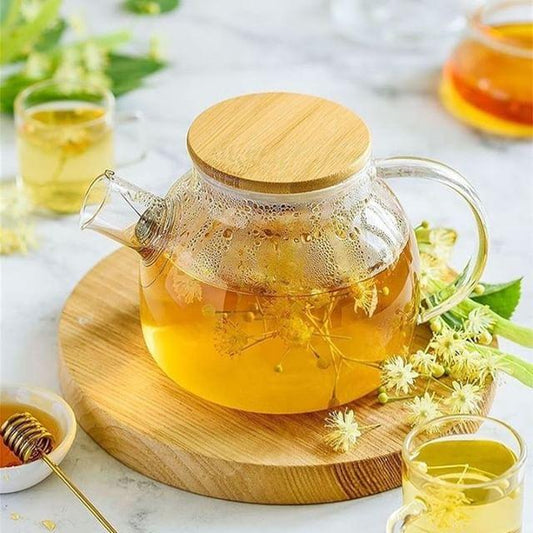Root to Stem Cooking: Making the Most of Vegetables

Food waste is a growing concern, but one of the easiest ways to cut down on waste while enhancing your meals is by practicing root-to-stem cooking. This approach makes use of the entire vegetable—tops, stems, peels, and all—ensuring that no flavorful or nutritious part goes to waste. Let’s explore how you can use every part of your vegetables to create delicious, sustainable dishes.
1. Why Cook Root to Stem?
✔ Reduces Waste – Minimizes food scraps and saves money.
✔ Maximizes Nutrition – Many discarded parts of vegetables contain more vitamins and minerals than the parts we typically eat.
✔ Enhances Flavor – Stems, peels, and leaves can add unique textures and depth to your dishes.
✔ Supports Sustainability – Helps lower your environmental impact by using more of what you buy.
2. How to Use Every Part of a Vegetable
🌿 Vegetable Tops: More Than Just Greens
Many vegetable tops (the leafy greens from carrots, beets, radishes, and turnips) are not only edible but incredibly nutritious.
🔹 Best Ways to Use Them:
- Pesto or Herb Sauces – Blend carrot tops or beet greens with olive oil, garlic, nuts, and Parmesan for a vibrant pesto.
- Sautéed Greens – Sauté radish or beet greens with garlic and olive oil as a side dish.
- Salads & Garnishes – Chop turnip greens and add them to salads for extra flavor.
- Smoothies – Add mild-tasting greens like beet tops to smoothies for a nutrient boost.
✨ Quick Recipe: Carrot Top Pesto
- 1 cup carrot tops, chopped
- ½ cup basil
- ¼ cup nuts (almonds or walnuts)
- ¼ cup olive oil
- 1 garlic clove
- ¼ cup Parmesan cheese (optional)
- Salt & pepper to taste
Blend everything together for a fresh, waste-free pesto!
🥕 Peelings: A Crispy & Flavorful Surprise
Vegetable peels are often richer in nutrients than the flesh inside. Instead of tossing them, put them to good use!
🔹 Best Ways to Use Them:
- Veggie Chips – Toss potato, carrot, or zucchini peels with olive oil and bake until crispy.
- Broths & Stocks – Collect peels from onions, carrots, potatoes, and celery to make a flavorful homemade stock.
- Infused Oils & Vinegars – Soak citrus peels in olive oil or vinegar for a fragrant infusion.
- Pickling & Fermentation – Use watermelon rinds or cucumber peels in homemade pickles.
✨ Quick Recipe: Crispy Carrot Peel Chips
- Toss carrot peels with olive oil, salt, and paprika.
- Spread on a baking sheet and bake at 375°F (190°C) for 10-12 minutes until crispy.
🌱 Stems: Tender & Full of Flavor
Stems are often tossed, but they can add crunch, texture, and flavor to many dishes.
🔹 Best Ways to Use Them:
- Broccoli & Cauliflower Stems – Peel and slice into stir-fries, soups, or slaws.
- Herb Stems (Cilantro, Parsley, Basil, Mint) – Finely chop and mix into sauces, salsas, or marinades.
- Swiss Chard & Kale Stems – Sauté with garlic and onions or blend into soups.
- Celery Leaves & Stems – Use in salads or as a garnish for extra crunch.
✨ Quick Recipe: Broccoli Stem Slaw
- 2 broccoli stems, peeled and julienned
- 1 carrot, shredded
- 2 tbsp Greek yogurt
- 1 tbsp lemon juice
- 1 tsp honey
- Salt & pepper to taste
Mix everything together for a refreshing, crunchy slaw.
3. Pro Tips for Root-to-Stem Cooking
✔ Wash & Scrub Thoroughly – Since you’ll be using peels and stems, make sure they’re clean.
✔ Store Scraps for Later – Keep a freezer bag for veggie scraps to use in broths or stir-fries.
✔ Experiment with Flavors – Try different combinations to see what works best in your dishes.
✔ Use Organic When Possible – Reduces exposure to pesticides when consuming the whole vegetable.
4. Root-to-Stem Recipe Ideas
1️⃣ Homemade Vegetable Stock – Simmer veggie scraps (onion peels, carrot tops, celery leaves) for a rich broth.
2️⃣ Carrot Top Chimichurri – Replace parsley in chimichurri with carrot greens for a unique twist.
3️⃣ Beet Green Stir-Fry – Sauté beet greens with garlic, soy sauce, and sesame oil.
4️⃣ Radish Leaf Soup – Blend radish greens into a creamy soup with potatoes and onions.
5️⃣ Citrus Peel Infused Water – Add lemon, orange, or grapefruit peels to water for a refreshing drink.
5. Final Thoughts: Cooking Sustainably & Deliciously
Root-to-stem cooking is not only eco-friendly, but it also brings new flavors, textures, and nutrients to your kitchen. Whether you’re making crispy veggie chips, a pesto from greens, or a hearty broth from scraps, embracing the whole vegetable makes your meals more creative and sustainable.
Would you try root-to-stem cooking? Let us know your favorite way to use vegetable scraps! 🌱♻️🍽️
Share:





